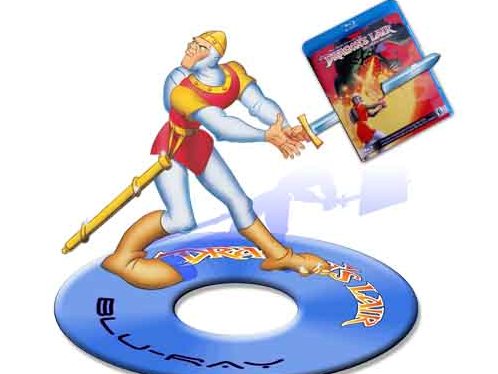The rise and fall of interactive movies
When games and movies come together, the result ain't good

Like many things, it began with a dream.
The dream was Hollywood; of a world where videogames and their creators would finally take their rightful place in mainstream entertainment, with actors instead of sprites, and crafted cinematic experiences, instead of the clunky old 'gameplay' that players had been forced to sit through.
Why would you waste time shooting at Space Invaders when you could be the star of your own full-on Star Wars experience?
Stupid as it sounds now, at the time it almost made sense. In the early 1990s, the videogame industry was a very different place. Budgets were low and teams were very small.
Early forays into real-time 3D were promising, but far from impressive – blocky characters stumbling around featureless worlds like they'd just crapped themselves, occasionally stopping to nod at each other and exchange dialogue without moving their lips.
The idea of something like Grand Theft Auto 4 or World of Warcraft becoming a worldwide phenomenon in its own right was nothing short of a cruel fantasy. If games got any attention back then, it was via a headline like 'Nintendo Killed My Son' or 'Ban This Sick Filth'.
None of this meant the games were bad. The 1990s were a real golden age for the PC, giving us many of our greatest memories. Doom, Day of the Tentacle, Plumbers Don't Wear Ties.
Sign up for breaking news, reviews, opinion, top tech deals, and more.
However, it was a frustrating one for developers, many of whom were looking up at Hollywood with a mixture of envy and pride. Joining that world meant being taken seriously, and seriously cashing in. If people liked watching movies, surely interactive movies would be even better. Right?
Wrong, so very wrong
Interactive movies were one of the most expensive mistakes the industry ever made, to the point that the term is effectively banned. You can't even use it to describe games like GTA4, Gears of War, and Call of Duty 4, all of which were widely praised for drawing from the Hollywood well.
Even at the time, a good yardstick for spotting the good games was to see which were referred to as interactive movies, and which were absorbed into a larger genre, typically adventure games.
The basic problem was this: the more a game relied on movies, the less the player would be able to do. To maintain some semblance of a flow, they had to keep moving. However, every action, every movement, every success and every failure had to be either pre-filmed or pre-rendered. This was expensive in terms of production, and with the best will in the world, designers had to make cuts.
Even if you could get the footage in the can, you still had to squeeze it on a disc. CD-ROM was still cutting-edge technology, but even with low-quality, low-resolution graphics, it filled up fast. One of the last interactive movies, Black Dahlia, shipped on eight of the buggers.